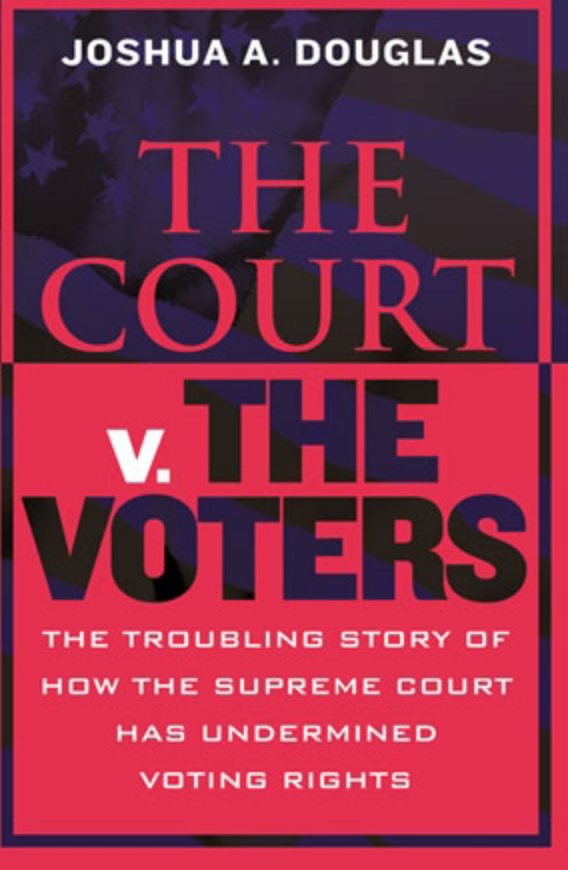What does it take to get a lefty union organizer and former director of the Working Families Party on stage with neo-liberals? Donald Trump. In “The Power of Fusion,” Dan Cantor provides a great overview of how fusion works and how it could empower the center-right. If we care about the future of democracy, he argues, our key goal should be to find a party home for the “politically homeless anti-Trump, pro-Constitution Republicans who continue to stand for democracy and freedom.” They still make up one-fifth of the Republican Party. What they need is a mechanism for leveraging those numbers. Fusion voting is that mechanism. The article is also just a great read.
“But here I was on a panel with a former Joe Manchin staffer and a former executive director of the Michigan GOP. I wasn’t sharing the stage with them because I had altered my views on the policies I’d like to see our government enact. But I’m traveling in more mixed company these days because I’m convinced that the threat of ethnonationalist authoritarianism must take precedence over everything else. My views on Reaganism, Bushism, and neoliberal corporatism haven’t changed, . . . But for the moment, I’m more interested in building bridges than barricades. The only way to defeat authoritarianism is with an electoral coalition that includes the center-right.”
. . . .
“If fusion voting were the norm today, it would provide a way for Republican and unaffiliated moderates and centrists to cast a vote for Biden without endorsing a Democratic party they mostly disagree with. . . . In the current moment, it will force GOP leaders to make a choice: risk more and more defections to a center party currently favoring Democrats, or change your behavior enough to warrant your share of a center party’s nominations. Either outcome should be welcomed by all supporters of pluralism and liberal democracy.”
Disclosure: I serve on the Center for Ballot Freedom’s voluntary Advisory Board and view fusion as a meaningful and achievable party-centric reform worthy of serious consideration for a variety of reasons.
